Watch this entire presentation: Gender Diversity in the Who-niverse: Paving the Way for a Lady Doctor with Dr. Rosanne Welch [Video] (36:58)
For her 5th Doctor Who lecture to the CPP community, Dr. Rosanne Welch discusses how society – and the show’s writing staff – prepared the audience for a major change in this 50-year franchise – the creation of the first Lady Doctor!
Transcript:
Sarah Jane is one of my favorite companions. She’s come from the old Who to new Who and then she even had her own program The Sarah Jane Adventures. So what happened was she came into the Third Doctor’s life. She was an investigative reporter so she wasn’t some girl who did nothing and she wasn’t just reporting on fashion and/or celebrities. She was an investigative reporter. She looked for things that were wrong in her society and she highlighted that with being her newspaper writer. So that’s how she came to meet The Doctor. She traveled with him through Tom Baker obviously. Then she left and returned in an episode called School Reunion with David Tennant. So in the new Who era and at that time, of course, time had passed and she was invited to continue traveling and she had the strength and the intelligence to say No. I need to move on with my life. I’ve been thinking of you for too long. I need to have my own life.
Follow Dr. Welch on Twitter and Instagram
https://twitter.com/rosannewelch – http://instagram.com/drrosannewelch
Rosanne Welch, PhD
Rosanne Welch PhD teaches the History of Screenwriting and One-Hour Drama for the Stephens College MFA in Screenwriting.
Writing/producing credits include Beverly Hills 90210, Picket Fences, ABCNEWS: Nightline and Touched by an Angel. In 2016 she published the book Why The Monkees Matter: Teenagers, Television and American Pop; co-edited Women in American History: A Social, Political, and Cultural Encyclopedia; and placed “Transmitting Culture Transnationally Via the Characterization of Parents in Police Procedurals” in the New Review of Film and Television Studies. Essays appear in Torchwood Declassified: Investigating Mainstream Cult Television and Doctor Who and Race: An Anthology. Welch serves as Book Reviews editor for Journal of Screenwriting and on the Editorial Advisory Board for Written By magazine, the magazine of the Writers Guild.
Watch Dr. Welch’s talk “The Importance of Having a Female Voice in the Room” at the 2016 TEDxCPP.
Podcast: Play in new window | Download
Subscribe: RSS
![23 Sarah Jane Smith from Gender Diversity in the Who-niverse [Video] (0:54)](https://rosannewelch.com/wp-content/uploads/2018/08/gender-dw-23-sarah-jane-smith.jpeg)
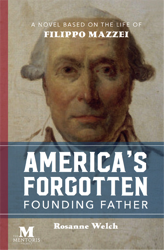

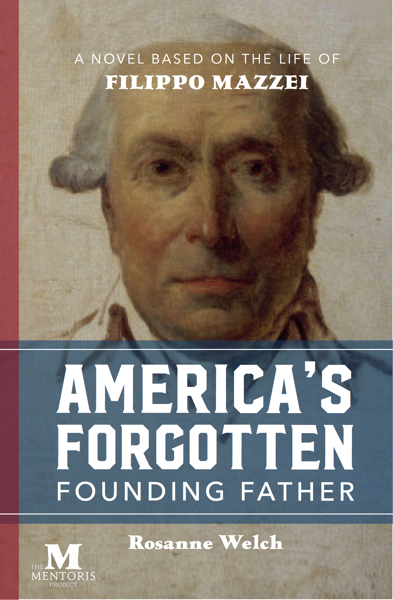












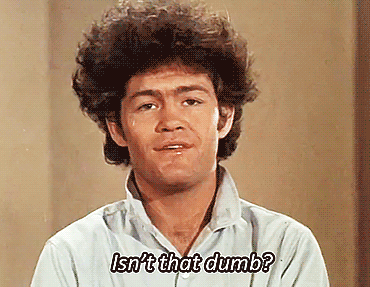


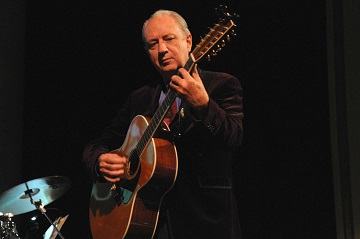


![11 The War and The Monkees from How The Monkees Changed Television [Video] (0:53)](https://rosannewelch.com/wp-content/uploads/2018/08/monkees-tv-11-monkees-war.jpeg)
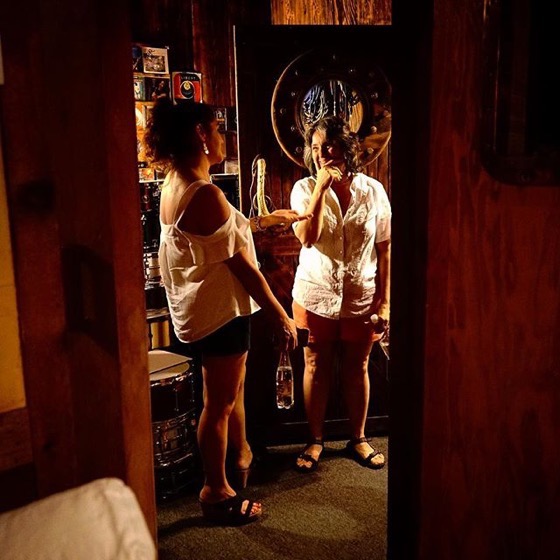




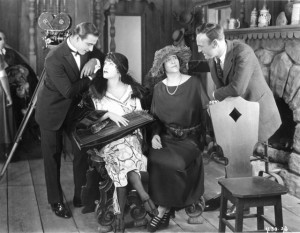
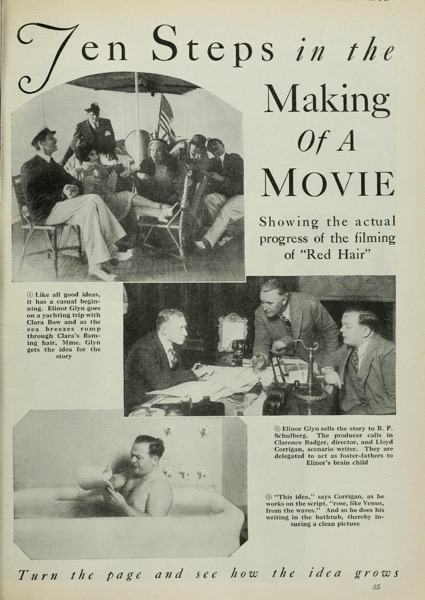

![22 More Strong Female Companions In The Past from Gender Diversity in the Who-niverse [Video] (0:51)](https://rosannewelch.com/wp-content/uploads/2018/07/gender-dw-22-strong-women-2.jpeg)